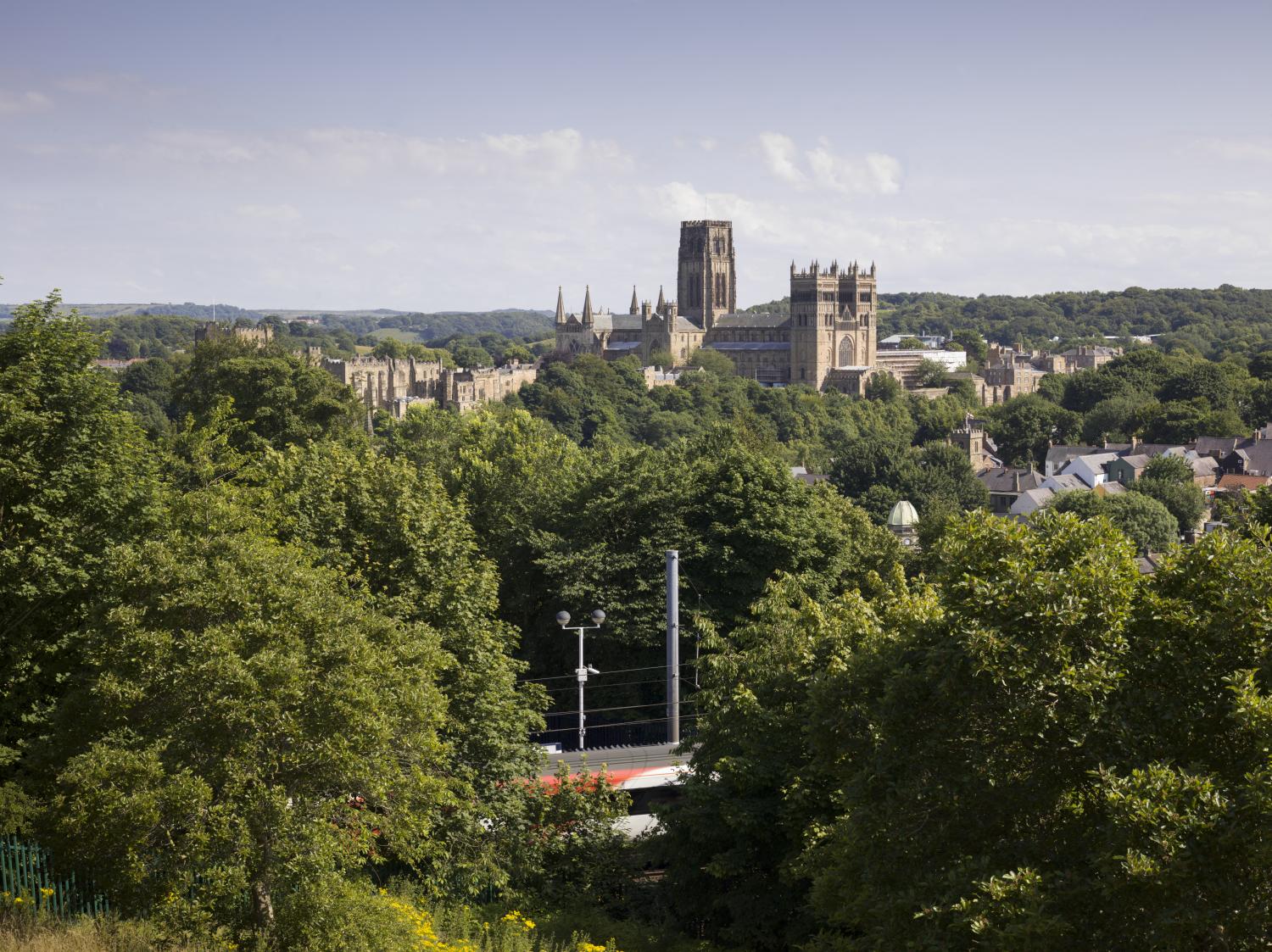World Heritage and Climate Change
Climate change is recognised as one of the most significant threats to World Heritage. It has the potential to impact the Outstanding Universal Value (OUV) of many properties and the economic and social development and quality of life of a property’s connected communities.
Understanding and effectively responding to these impacts is necessary for the continued preservation and sustainable management of World Heritage.
World Heritage properties also have the potential to support climate action in a range of different ways, such as the benefits to ecosystems provided by some natural properties, as well as the traditional knowledge systems conveyed by many cultural properties, which build resilience for a more sustainable future.
The global network of World Heritage properties can help raise awareness of the impacts of climate change and act as observatories to gather and share information on monitoring, mitigation and adaptation practices.
Policy document on climate action for World Heritage
The General Assembly of States Parties to the World Heritage Convention first adopted a policy document on the impacts of climate change on World Heritage properties in 2007.
Since the adoption of the 2007 document, knowledge related to climate change adaptation and mitigation has increased alongside an enhanced understanding of the need to consider its effects and implications for individual property management. In the Third Cycle of the Periodic Reporting process, 60.6% of UK World Heritage properties reported that they had either made some use of the previous World Heritage Policy for Climate Action or that their property policy for dealing with climate change was based entirely on the agreed World Heritage Policy. In line with these changes, a process to revise and update the Policy Document began in 2018.
In 2021, the UNESCO General Assembly of States Parties adopted a resolution (Resolution 23 GA 11) concerning the policy document, which included establishing an open-ended working group to review and develop its final version. The UK State Party engaged with the meetings of the Working Group, which took place between 22 March 2022 and 3 November 2023.
The updated 'Policy Document on Climate Action for World Heritage' was adopted by the General Assembly of States Parties at its 24th session in November 2023.
Further guidance on the national implementation of the updated policy document is in development and will be published on this page once finalised.
Factors affecting World Heritage properties in the UK
In 2008, the World Heritage Committee adopted a standard list of factors affecting the Outstanding Universal Value of World Heritage properties. 'Climate change and severe weather events' represents 1 of 14 primary factors identified in this list. This category also includes the following secondary factors: storms, flooding, drought, desertification, changes to oceanic waters, temperature change, and other climate change impacts.
The secondary climate change factors most frequently identified in Periodic Reporting questionnaires for individual properties in the UK were storms (69.7% of UK sites), flooding (66.7% of UK sites) and temperature change (48.5% of UK sites). 36.4% of property managers reported drought as a factor relevant to their sites, 12.1% did so for changes to oceanic waters, and 18.2% reported that other, non-specified, climate change impacts were relevant at their properties.
Renewable energy transition and World Heritage
The World Heritage Centre has launched an initiative to develop, in collaboration with States Parties in the Europe and North America region of the World Heritage Convention, an effective Guidance Tool providing methods to avoid and mitigate the possible negative impacts of renewable energy projects on the OUV of World Heritage properties.
The first outcome of this work is the Guidance for Wind Energy Projects in a World Heritage Context. The UK State Party provided a case study for the guidance: 'Assessing the potential visual impact of onshore wind energy projects in relation to a World Heritage property in the United Kingdom'. This case study details a methodology developed by Historic England (then English Heritage) between 2004 and 2008 to manage an increased number of renewable energy applications that could be seen from Hadrian’s Wall, a component of the Frontiers of the Roman Empire World Heritage property.
'World Heritage and wind energy planning: Protecting visual integrity in the context of the energy transition' includes a case study on offshore wind farm plans in the context of the Heart of Neolithic Orkney World Heritage property.
Initial work has begun on developing guidance for solar energy projects in a World Heritage context. Historic England attended an expert meeting in March 2024 to support the development of a comprehensive framework for future guidance and will continue to engage with this programme of work.
Further resources
Further resources related to World Heritage and climate change include:
Case study: climate action at World Heritage properties in England
Ironbridge Gorge World Heritage Site pilot study (conducted by Kassandra)
Kassandra of the Ironbridge Gorge World Heritage Site undertook a pilot study on behalf of Historic England. The aim of the pilot study was not to provide definitive answers but to showcase an application of the Kassandra Integrated Decision Support System (IDSS) methodology in developing a climate change resilience model and associated decision-support tools for historic places, cities, and landscapes.
The output of a Kassandra study is a parametric digital twin of the study area, which shows all the data collected so far, the overall site's and individual items' existing resilience to climate change, and a number of scenarios that highlight different vulnerabilities and adaptive pathways to increase the Resilience Index.





